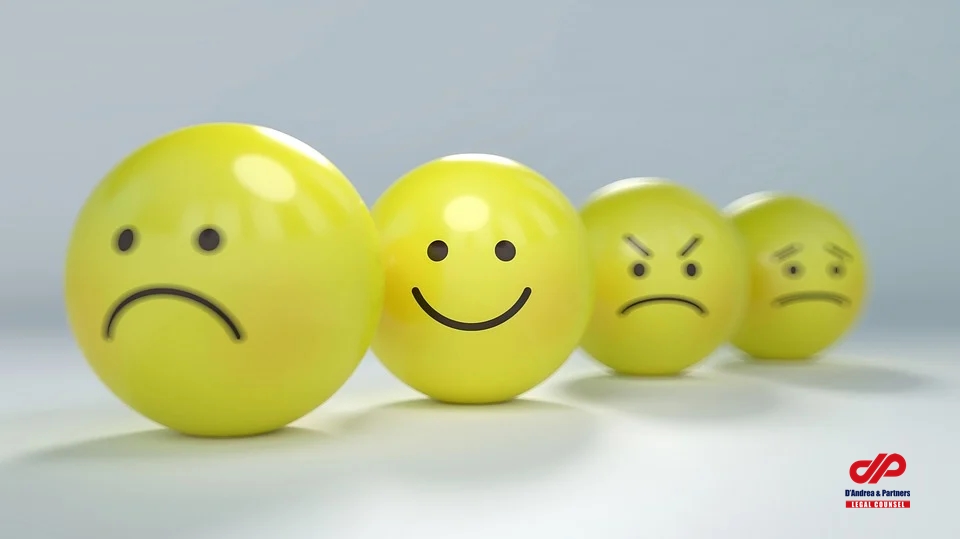Character is relevant in Law as it portraits the collective qualities, especially mental and moral, that distinguishes a person. The general rule is that the evidence of character is inadmissible, since it is very difficult to assess the character of a person.
Most people associate character with moral qualities but character also includes non-moral characteristics, behavioral tendencies, and patterns of life, which would include things which have nothing to do with morality such as being mindful of others, shyness or a fondness for cats. While the evidence of character often concerns a person’s moral qualities, it is not limited to moral behavior. Is a man honest, is he of a violent temper, is he modest and retiring or imprudently forward? These all constitute traits of character. The definition is also tricky because we must distinguish persistent behavior from a tendency to behave in certain ways. The opinion of a person generally derives from the knowledge of the people who are best acquainted with him/her.
The reference to “character” includes both reputation and a person’s disposition. Reputation is the general opinion of people in the community as to a person’s character traits and is therefore a common way to prove character. Disposition, however, is a natural tendency, an inclination, and can be known only to those who are closest to the person in question. A person may have a very good reputation but his disposition may be quite poor. How many times can a convicted serial killer be called a good boy by his own neighbors?
If a reputation is truly bad, or can be deemed poor in other respects affecting the moral character, a jury may infer that the witness is unreliable.
As mentioned, generally speaking, the good character of a party to civil proceedings is not admissible, unlike defendants in criminal cases, however, there are a few exceptions. A defendant’s character can be attacked in civil proceedings to undermine his credit. Of course, if a party to litigation has his credibility argued, he can call evidence of his/her good character to rebut the allegation.
Evidence of character may be a means to suggest that the person acted on the occasion consistent with his/her character. This use of character is often described as “circumstantial”. Evidence of good character isn’t allowed for the purpose of arguing that the defendant committed a crime but it’s admissible to show that the defendant is unlikely to have committed an alleged crime.
Evidence of character refers to someone’s general personality traits, which can be praiseworthy or blameworthy. It is usually permitted when the defendant’s honesty is at stake and generally given by the defendant’s close acquaintances. It may be proved by exposing specific instances of conduct or by direct testimony, in the form of an opinion. When a witness speaks of the character of another witness, one draws not upon memory alone, but also one’s judgment. The judge may also allow for cross-examination of the witness, as the credibility of a witness is always an issue.
The defense incurs significant risks by offering evidence of the defendant’s good character, which is why defendants rarely take advantage of this option. The primary risk concerns the source, or the witness, that is usually a close acquaintance and may not, for that reason, carry much weight with a judge or jury. It is reasonable that a best friend would say anything to save his buddy. The prosecution can cross-examine the witness, bringing out evidence of the defendant’s past misdeeds (which otherwise would have been inadmissible). Prosecutors are not allowed to attack a defendant’s character unless the defendant first “opens the door” by presenting evidence of good character, the prosecution can then call its own witnesses to testify to the defendant’s bad character. The evidence of character is harmful to proceedings as a judge or jury might convict a defendant for being a “bad person” or might assume that the defendant acted in conformity with his “bad character” during the events in question, even if the evidence of guilt is otherwise weak.
Another non-character theory that prosecutors sometimes use to present evidence of a defendant’s past misdeeds is modus operandi. Under this theory, the prosecutor offers evidence that the method a defendant used to commit past misdeeds is unique and nearly identical to the method allegedly used to commit the charged crime. Evidence is then admissible, not to address the bad character, but to show that the common M.O. points to the defendant as the perpetrator of the charged crime. For whatever it’s worth, a judge might give a limiting instruction to disregard the evidence as it relates to the defendant’s character.
There are fundamental distinctions on evidence and judicial proof between the Chinese system and the Anglo-American law (Common law). In civil law systems, the judge calls and questions witnesses and the trial relies upon written evidence and minimal use of precedent. Common law systems however, grant attorneys great control over the trial, there are intricate evidence rules and they rely heavily upon precedent, although, along with recent judicial reforms in both civil and common law jurisdictions, the distinctions between the two systems have diminished significantly
Now, in many civil law countries, such as China, attorneys are taking a leading role in calling and questioning witnesses. For instance, there are now almost no exclusionary restrictions against hearsay and character evidence in the Chinese evidence system. Usually, character evidence can only be used as the basis for impeaching the defendant’s statements, rather than the basis for convicting him/her of a crime. Hearsay, character and propensity evidence and other certain areas of evidence are excluded when offered to show fault and liability. Nowadays, when the judge encounters a witness in court reporting another’s statement, he usually calls the author of the text to the stand; hearsay evidence may then be transformed into witness testimony via these means.
In most jurisdictions today, the circumstantial use of character has been rejected. Character evidence is of slight probative value and may be very prejudicial. It tends to distract the from the question of fact and what actually happened on the particular occasion.







